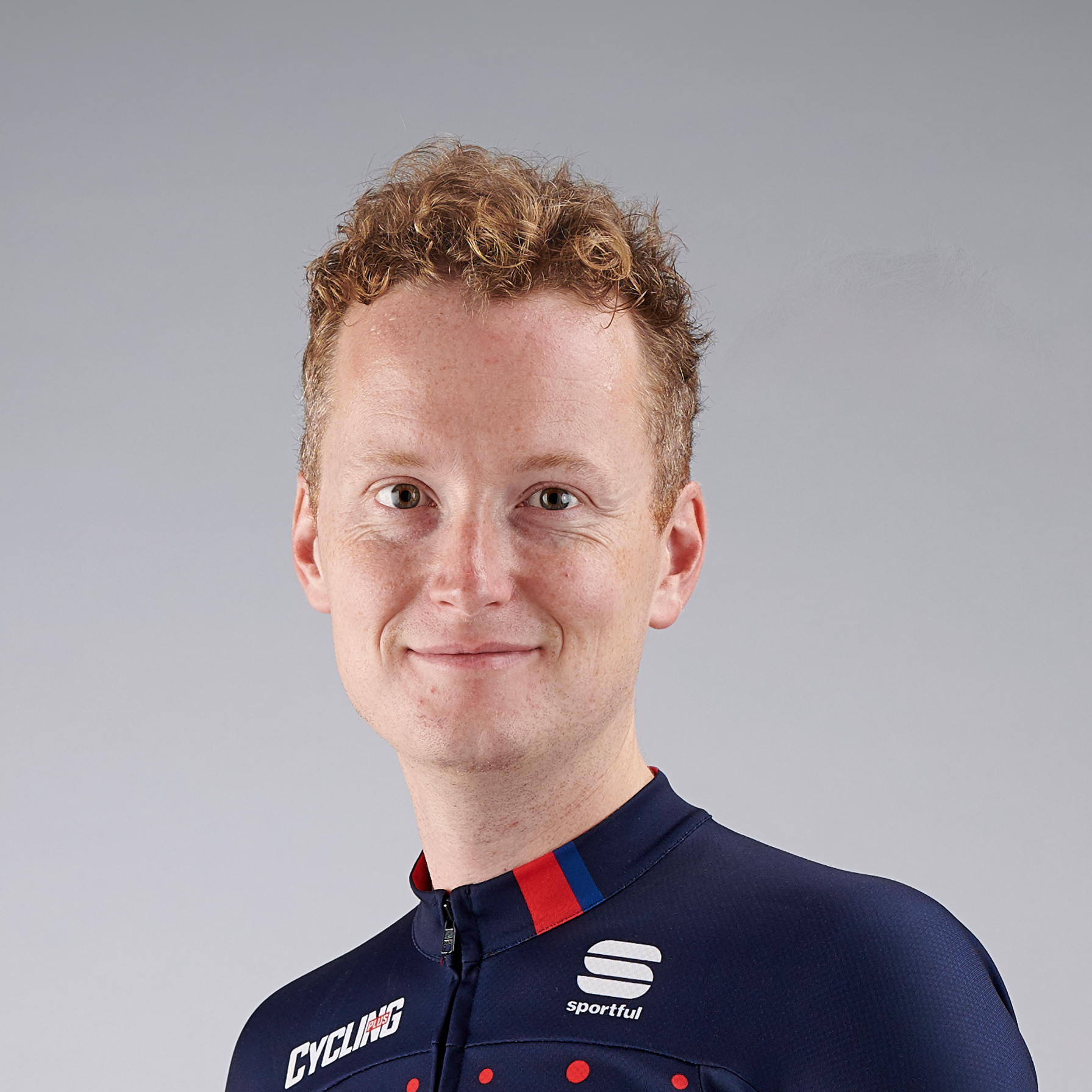It's another wind-prone stage as the Tour heads out of northern France into Normandy.
There's a lot more hilliness to contend with than on stage 3, with more than 2,000m of climbing and some steep ups and downs in the run-in to Rouen, which should whittle down the field.
Stage 4 will be another stage for the puncheurs.
Stage 4: Amiens > Rouen
- Date: 8 July
- Distance: 174.2km
- Altitude gain: 2,050m
- Stage type: Hilly

Route profile

Route map

How heavy on action the Grand Départ has been to date could be summed up by knowing the answer to the question: ‘Did the wind blow?’.
Should it not, we will be looking at one of the most sprint-friendly beginnings since the Vendée in 2018.
Today is another day when the riders are at the mercy of the elements, with the potential for crosswinds dictating whether it’s a road to Rouen or a road to ruin.

Rouen is the hometown of five-time Tour winner Jacques Anquetil.
In his first race in 1957, the Frenchman won his first stage into Rouen, on stage three, adding three more on his way to overall victory.
The toughest finish so far, the searing slopes of the Saint-Hilaire climb will unseat plenty.
“The passage across the Picardy plain is exposed to the wind and could offer options to teams that are keen to create echelons,” says race director Christian Prudhomme.
“However, it’s more likely that there’ll be a battle between the peloton’s best puncheurs over the final 40 kilometres.
“After the historic Côte de Bonsecours climb, where the riders will pass the monument to [1947 Tour winner] Jean Robic, they’ll continue to the Côte de Grand’Mare and the more testing Saint-Hilaire ascent, which averages 15% and is followed by a five-kilometre dive into the centre of Rouen.”
What's to see en route?

Both Amiens and Rouen boast fine cathedrals. The one in Amiens was constructed almost entirely in the 13th century and is the largest in France, twice the size of Notre Dame in Paris. Rouen cathedral, meanwhile, was built and modified over the course of 700 years, with the result that it has three towers, all in different styles. Rouen is also where Joan of Arc was burned at the stake.

Along the way, the route takes a right-angle turn as the race passes Château-Gaillard in Les Andelys on the river Seine, built by Richard the Lionheart in just two years from 1196 to defend his dominions in France.
A teenage cycle tour through Northern France once saw me having an argument over directions with my fellow rider. He went one way, I went the other and we lost each other. I fared better than him, because I had the inner tent, which I pitched between two trees in an orchard, but no poles; he roughed it in a quarry.
Following a pursuit down the main road into Rouen, the two halves of the tent were finally reunited in Rouen cathedral.
One to watch: Joseph Blackmore

The talented Brit and 2024 Tour de l’Avenir winner (Israel-Premier Tech) excels on the hills, notably taking fourth place in Brabantse Pijl last year.




